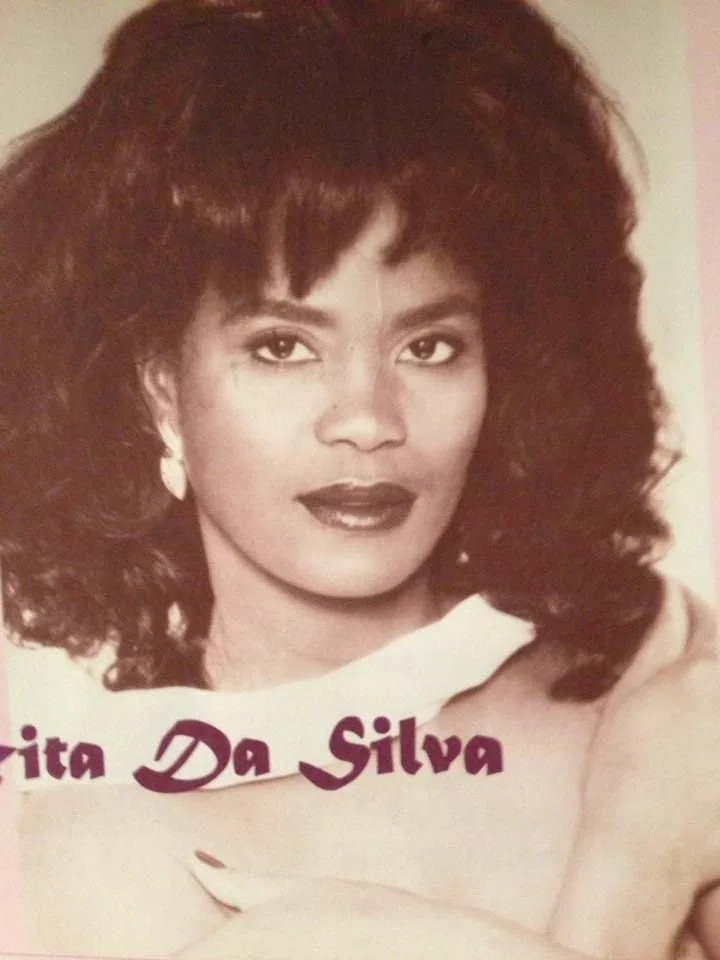Writing at The Studio Museum In Harlem
Last week I took part in a digital workshop over Zoom with The Studio Museum in Harlem. The conversation was held by poet Danilo Machado, scholar Rikki Byrd and special guest Antoine Gregoire, founder of Black Fashion Fair. In two hours, panel speakers and members of the audience got the chance to both analyze and share their thoughts on Black fashion in America. Along with the analysis of three different pieces of art, there was a section during the conversation dedicated to how to build and read our own visual archives, led by Byrd. In this case, the archive had the intention to serve as a familiar place to start your own mood board, with images and photos of your family. The concept was reflective and very interesting. When the speakers gave us spectators the writing prompt for one of our interactive activities, I felt a bit lost at first because I don’t have any particular strong remembrance of photos of my Black relatives in their youth or childhood.
My mom for her own EP (1990s)
I never got the chance to meet my super stylish Italian uncle - a home interior designer - and my dad isn’t necessarily the most stylish person ever. My mom is the only familiar fashion icon that I can recall and that had a some influence on me, especially when it comes to appreciating fashion in all its hues and traditions. It was at that moment that I realized that when it comes to fashion, I don’t think too much about my native family, but more about “host family”, the one that adopted me, and that I happened to choose in the USA. So I jotted down some thoughts, which paid homage to my family - mom and dad - but also my American family, the one made of Black and Brown friends (majority of the connections I was able to explore and felt comfortable fostering during my college career).
My relationship with fashion wasn’t fully developed until I found my “American” family. In New York these last five years my friends became and the creative community became my family, given the distance between Italy and the USA or Brazil and the USA.
Italian fashion and design played a huge role in my life, but it was the Brazilian heritage of mine and my specific American experience that made my passion for fashion explosive.
The Abrahão family (late 90’s)
I can collect many different pictures with classical outfits and accessories, along with remarkable pieces of design for my Italian side. I can’t necessarily say the same things for my Brazilian side. Visual records are scattered and pictures of my mom, her 12 siblings and parents are scarce. When my mom moved to Germany in the 90’s, she started taking more pictures. From all the pictures I recall seeing, my mom did a good job in expressing her Blackness, her Afro-Latinidad, within a multitude of styles, make-ups, and accessories. She combined and moved into the new Italian cultural scene with an appreciation towards the local fashion without losing herself and her own sense of fashion. For this reason, she installed me the open-mindedness and the creative processes with which I see and appreciate fashion.
This attitude and my mom’s attitude was passed on me without leaving any crumbs. She made sure to teach me Portuguese as soon as I was born, took me to Brazil every two years, dressed me in Carnival clothes and in other traditional clothes for different national festivities and celebrations. In Italy I had a hard time finding safe spaces to enjoy and express my personal multi-layered domestic experience. This was also because of the Italian societal standards that couldn’t reflect or respect my body, my hair, and my skin. When it comes to the creative side of me and the person I am today, I must particularly thank my Brazilian side and my mom’s Black experience as a woman of color in Europe. Now that I moved away just like she did, I know what it feels like to be creative in another country, in another language, starting by yourself, and finding a new family of creatives. For her, ultimately, this was art, the etching world. For me, it was fashion, followed by music.
My 1st birthday party (my mom on the left, my aunt Dora on the right, 1998)
I thought that coming to America would solve all my problems, in terms of seeing someone who looks like my mom and me who could access great and honorable creative places, compared to Italy. That wasn’t the case, as I have learned throughout the years. Instead, I found the American BIPOC community who, through friendships and romantic relationships, pushed me to find a family in my host country. I learned a lot from them. First of all, I learned how to live in America. I learned how to live in my own body in another culture. It was within the fashion industry I was able to find my chosen family, tribe, community. It is with them I learned to shape, nurture and love my Black-mixed heritage. It was through journalism and school I found the images and the stories that made me dream, understand, and live in this country with better-educated notions.
The creatives I met in the Big Apple from 2017 until now. (Not all of them in this picture, of course!)
It was a set of introspective moments that I took out of this workshop. With the works of Rikki and Antoine at Black Fashion Fair, I was able once again to see the value of my background and the future plans that the team and I at The Curly Flower want to make happen.



